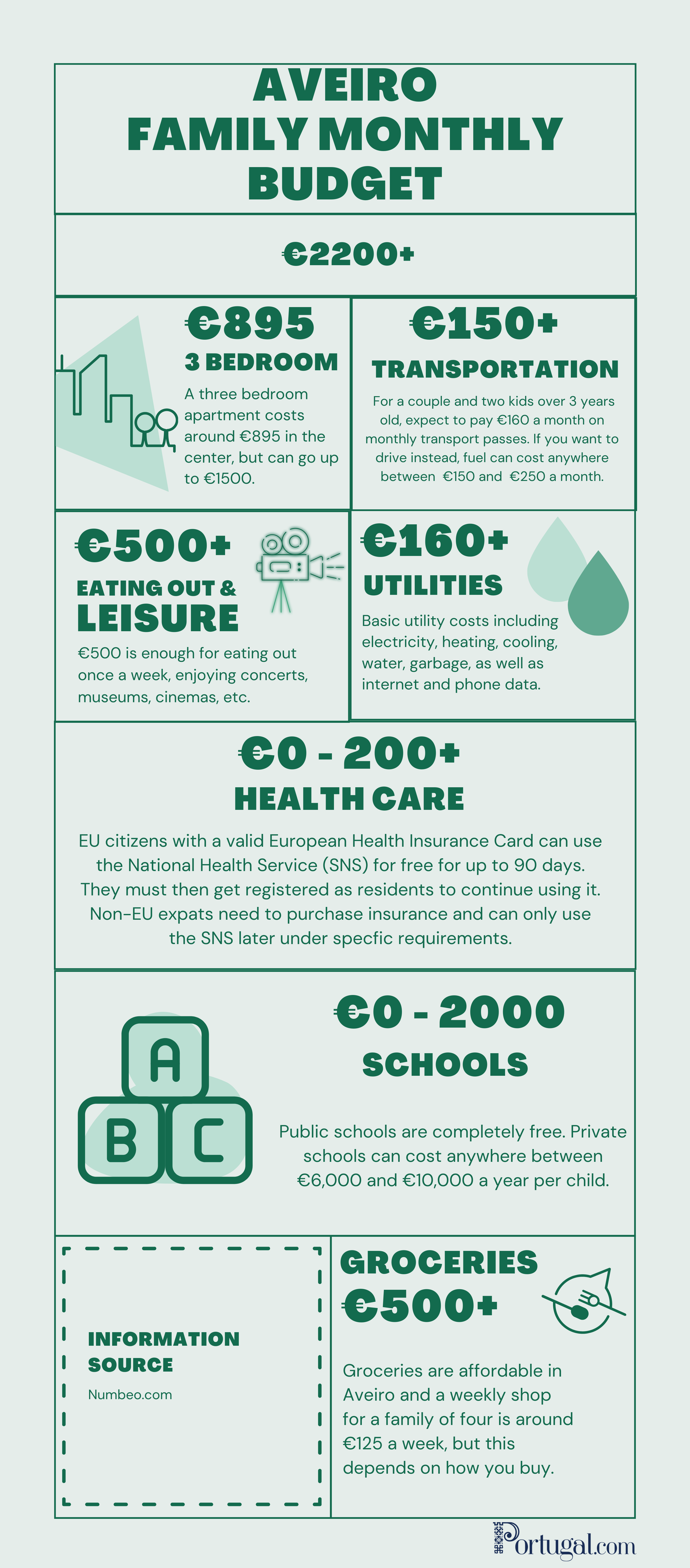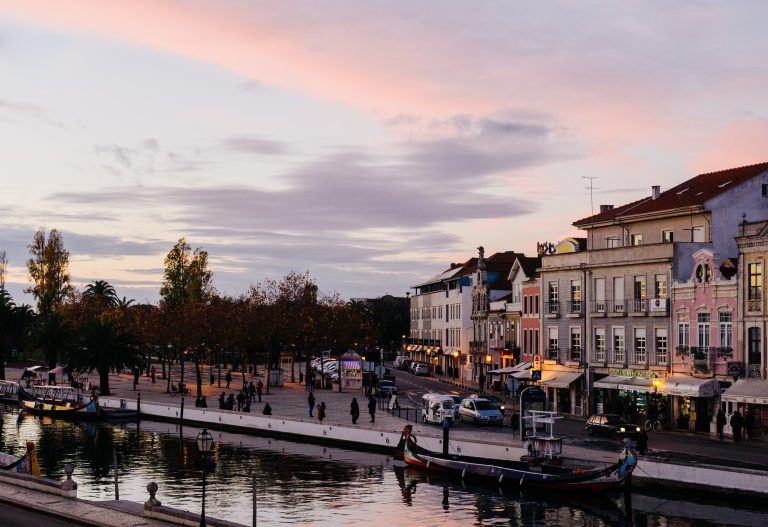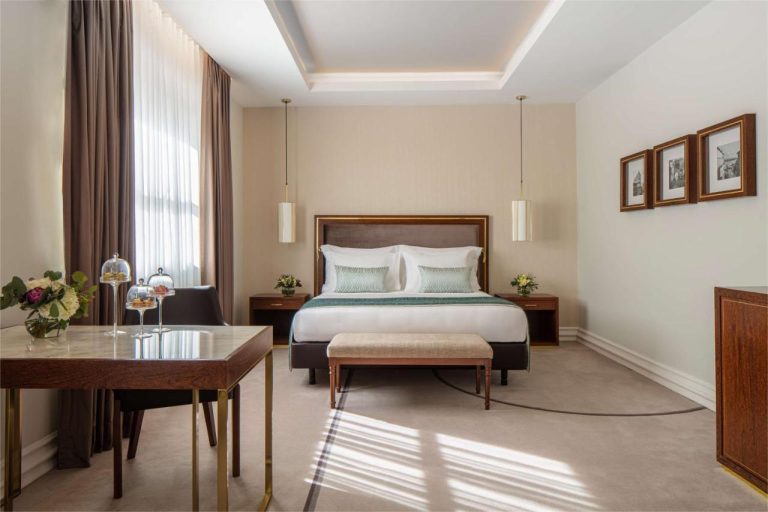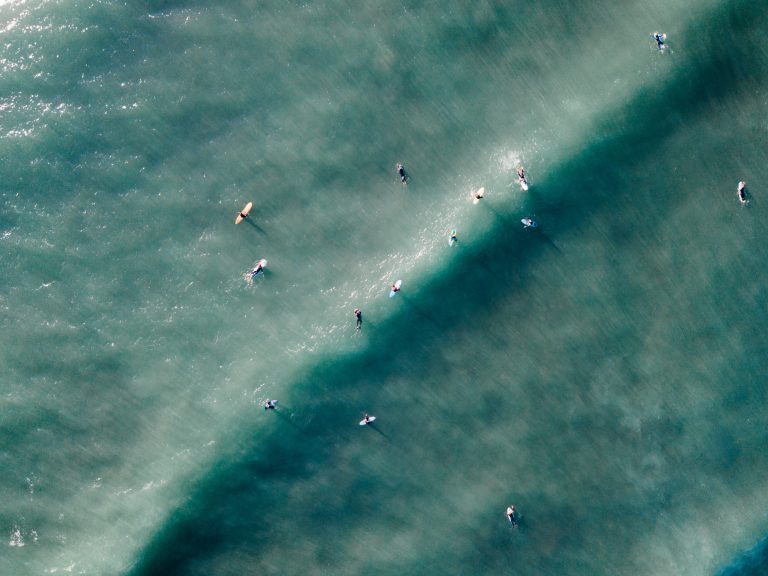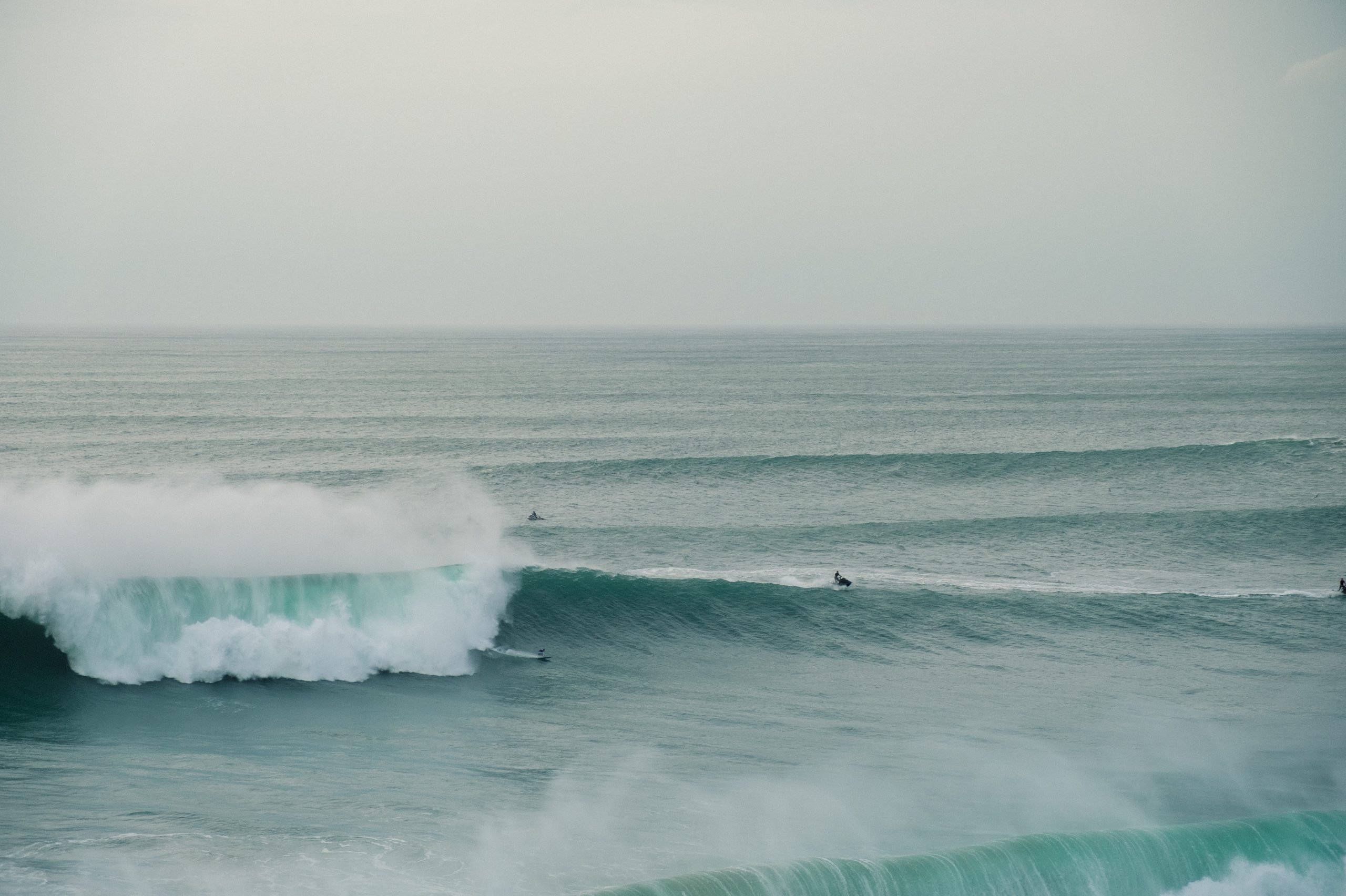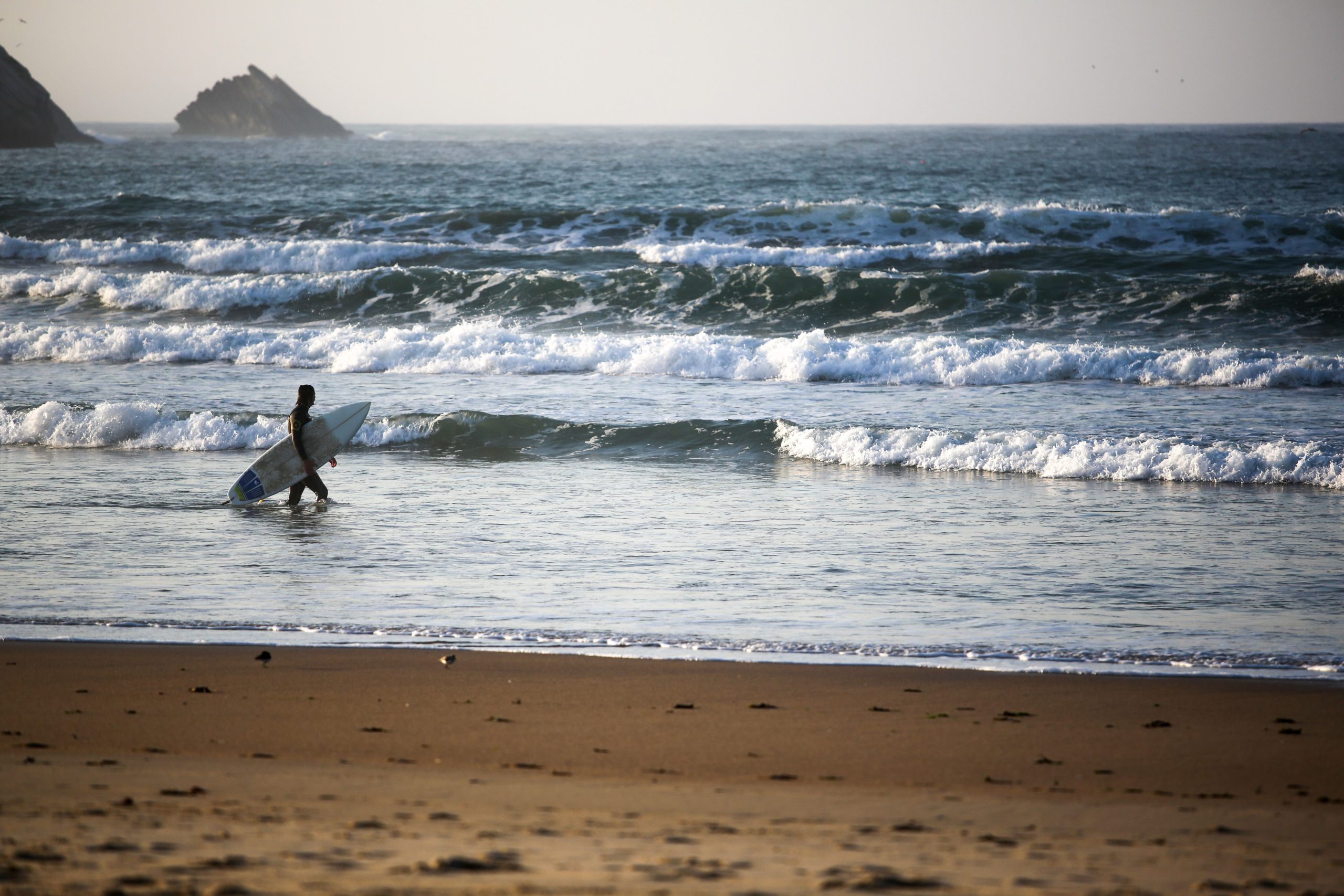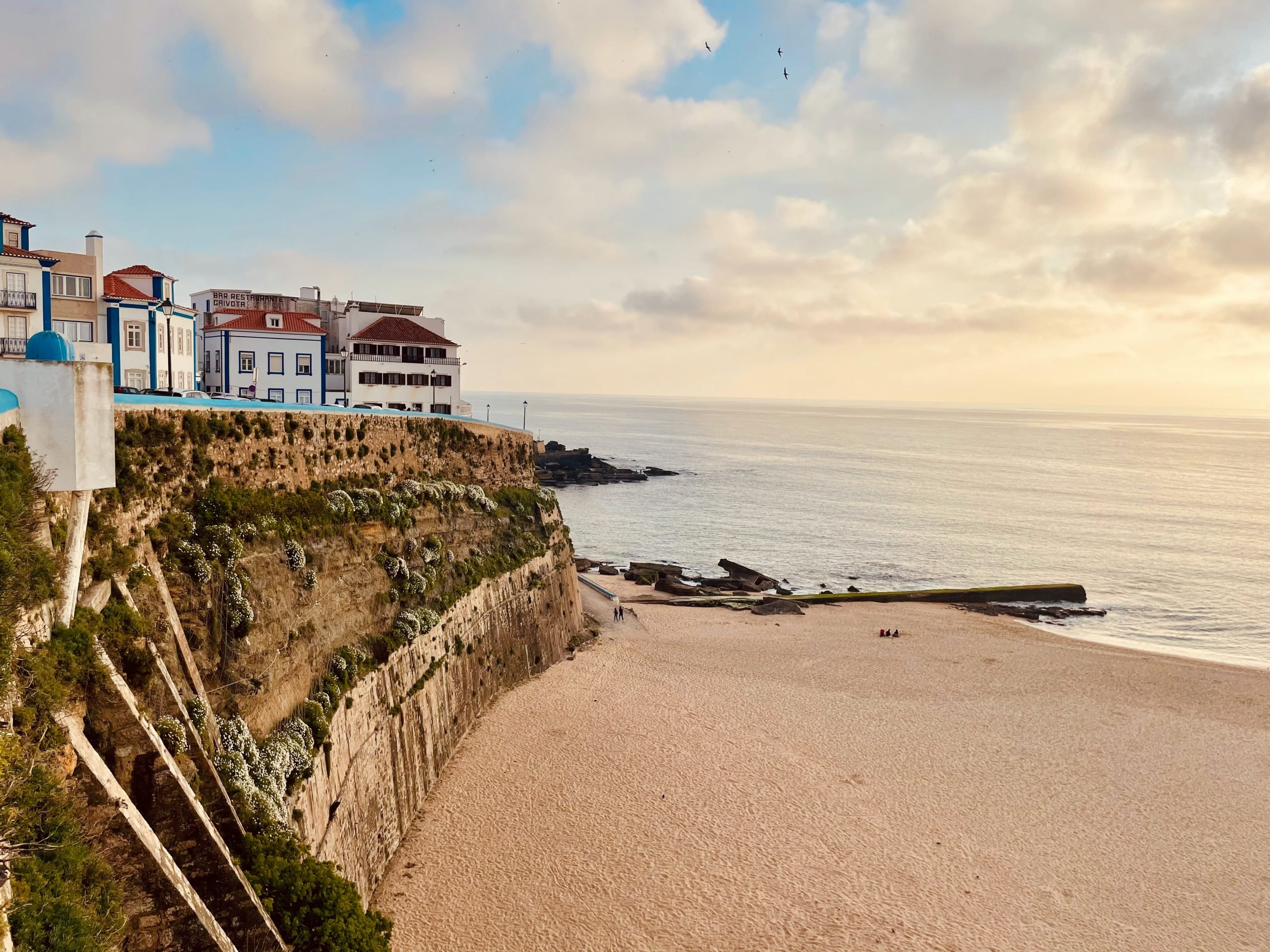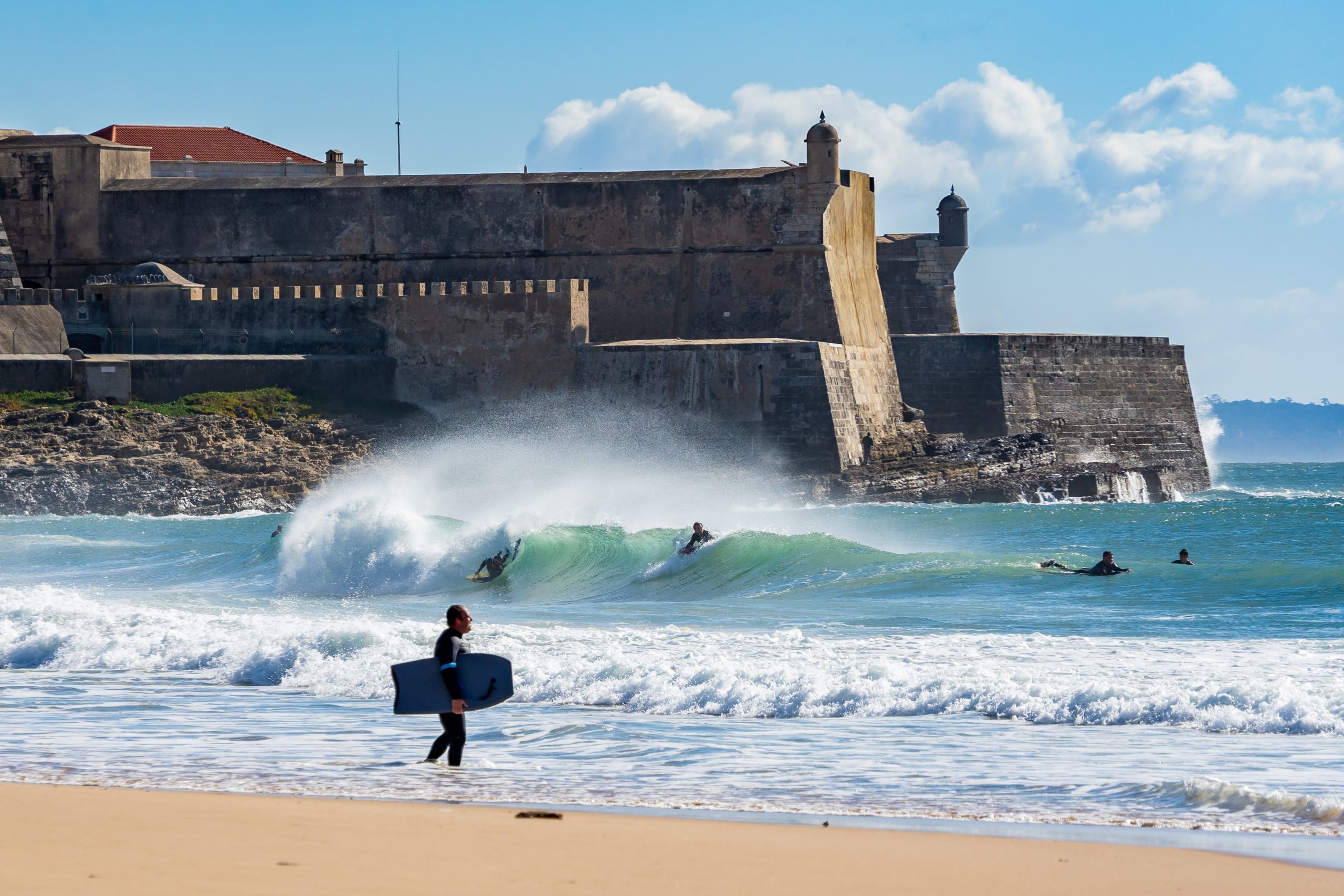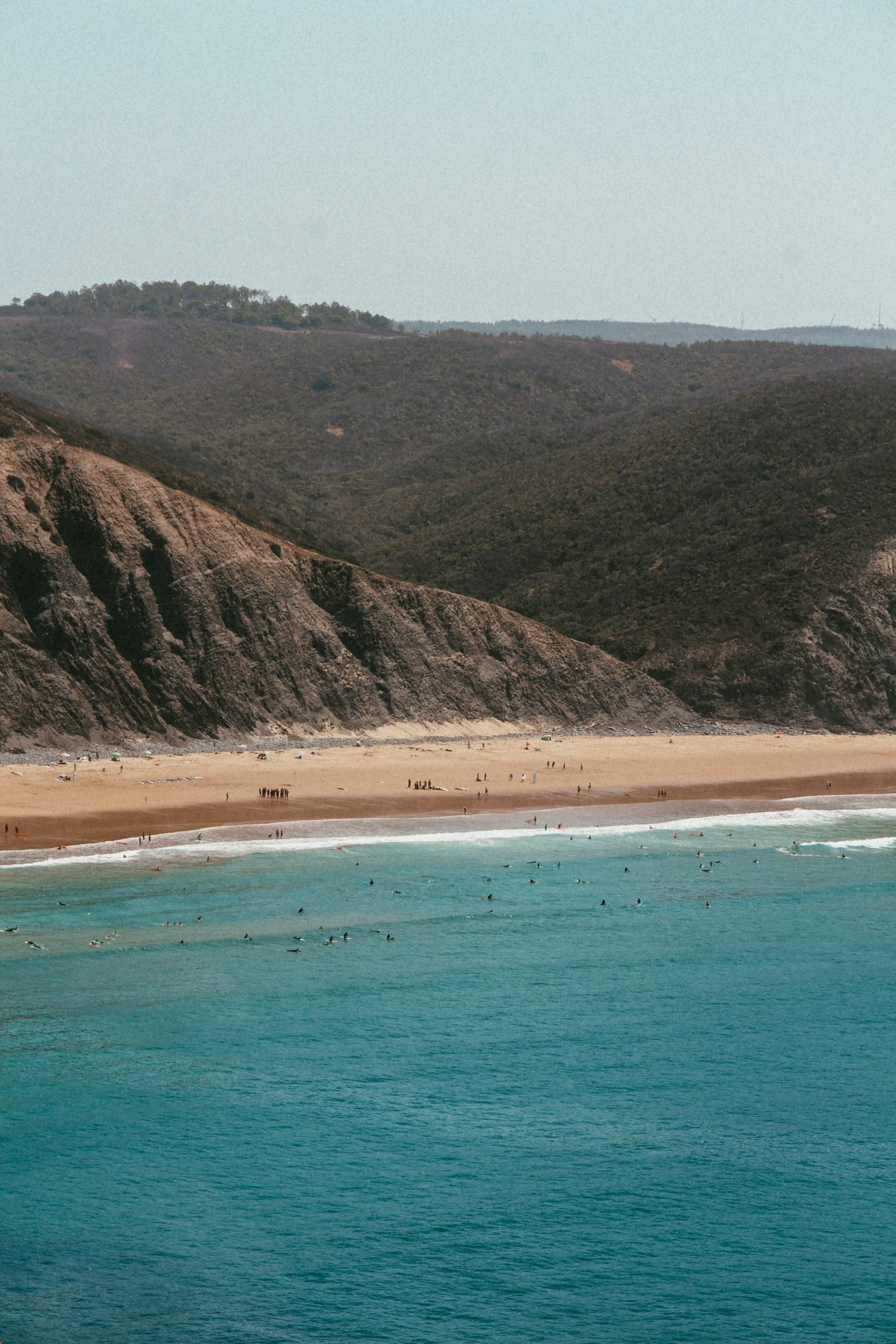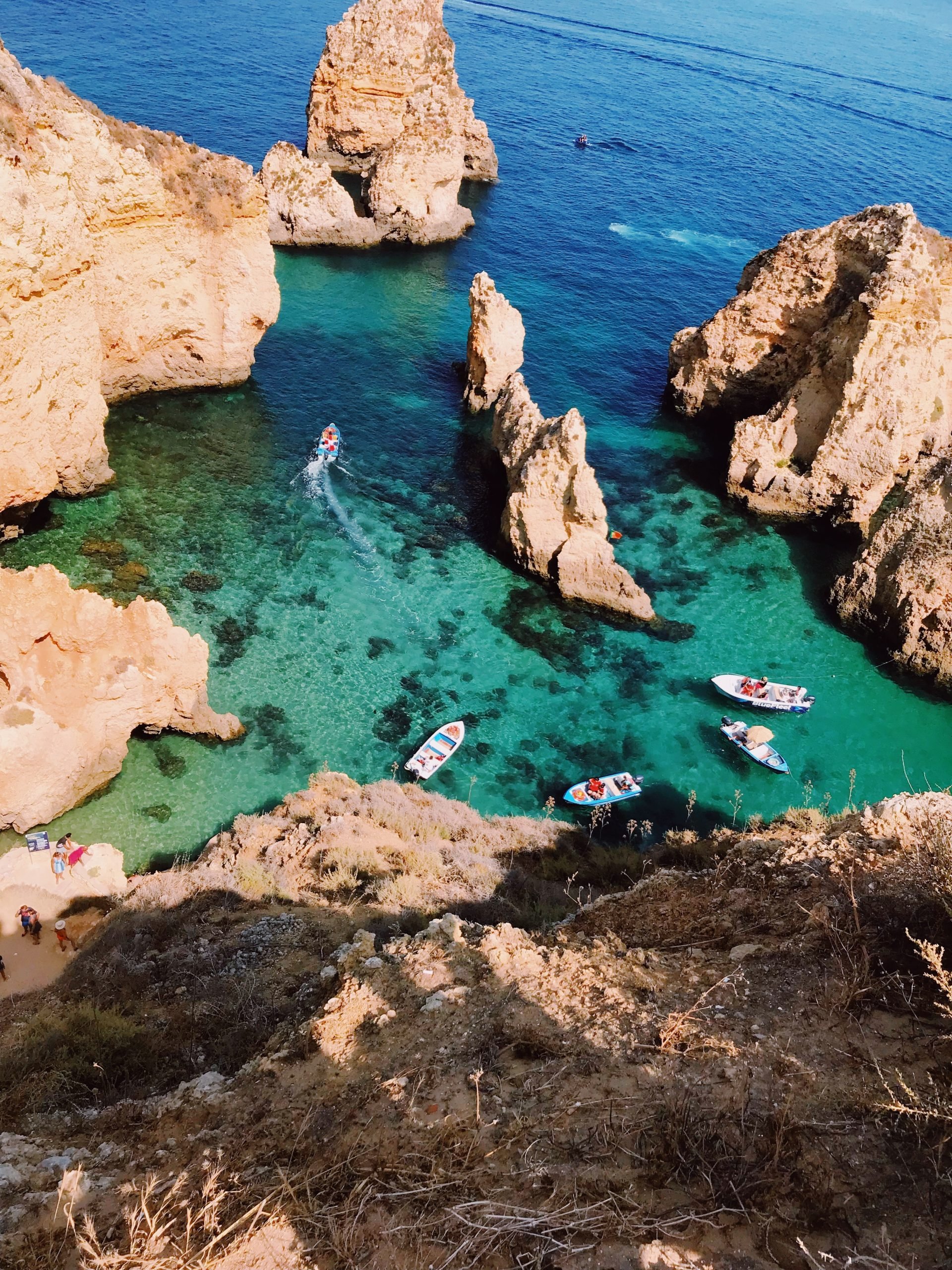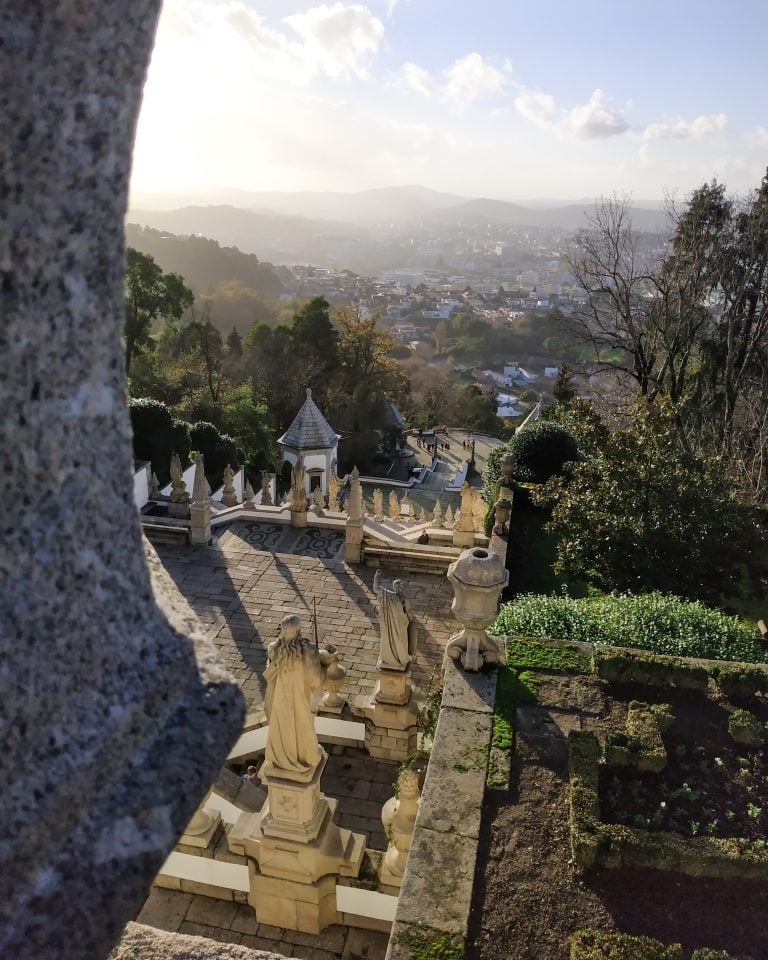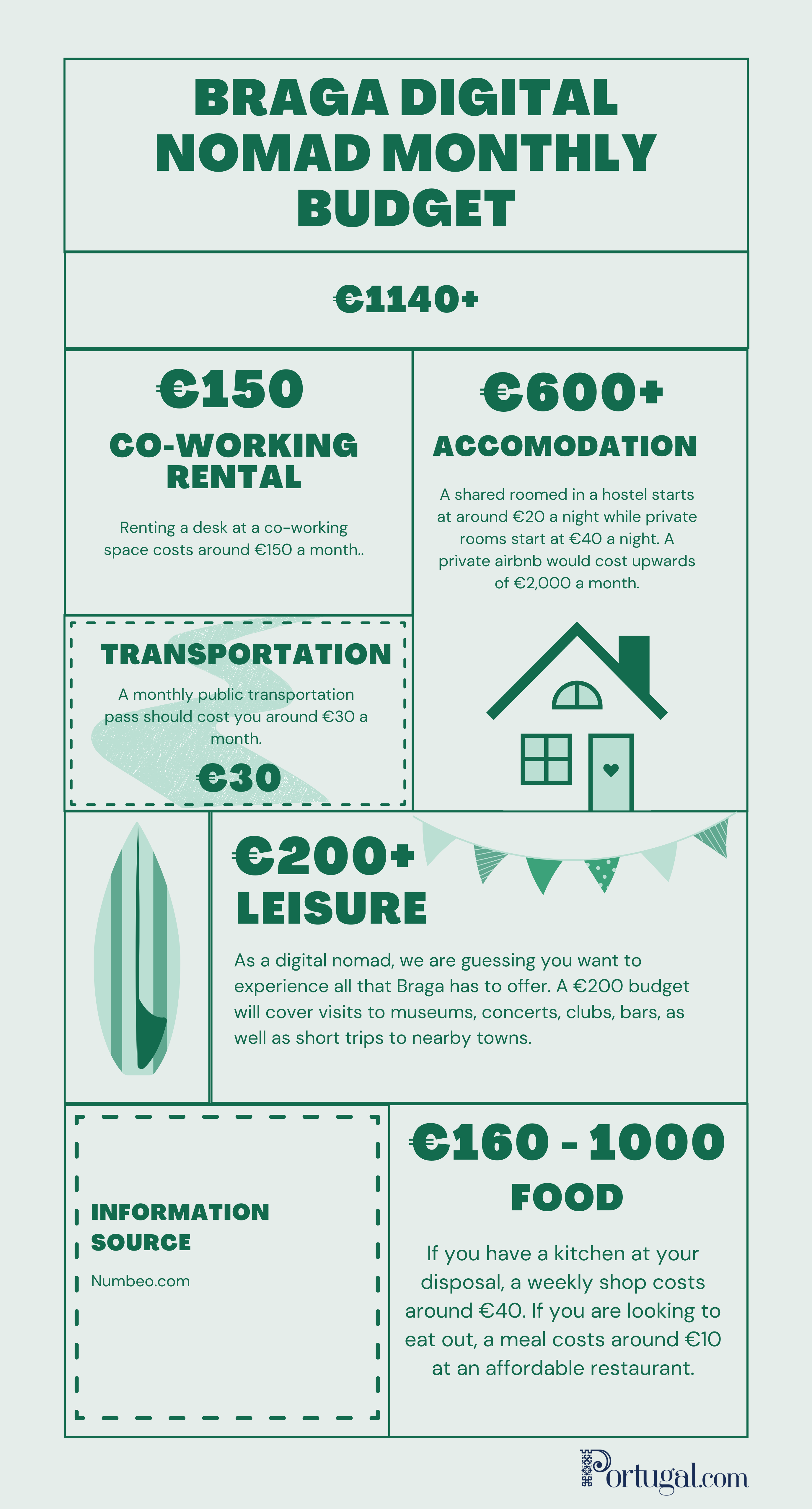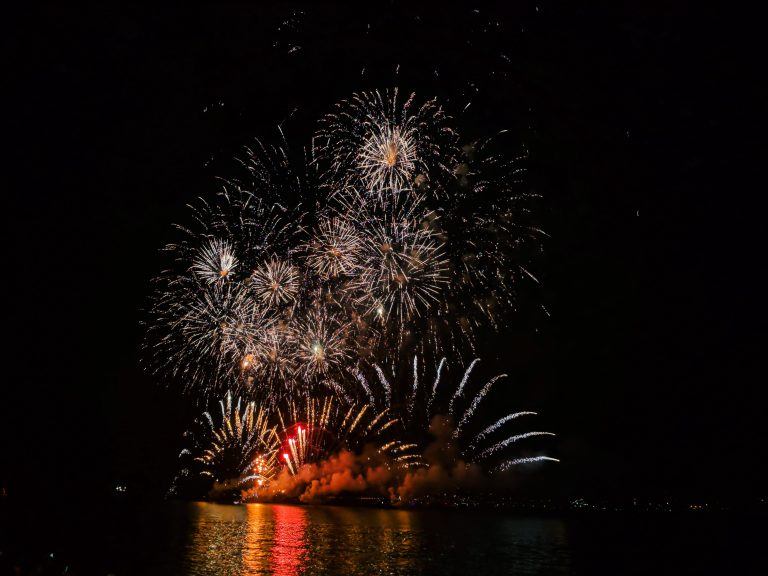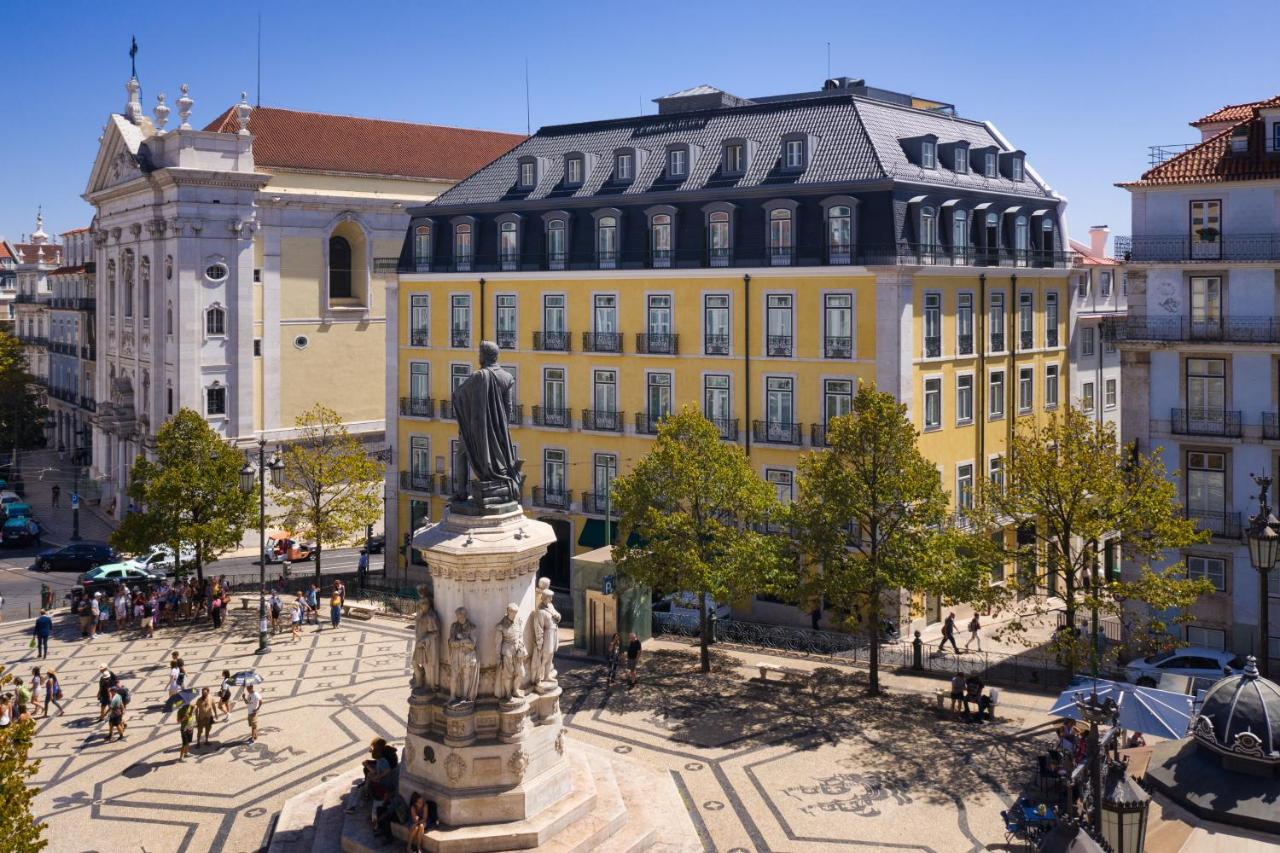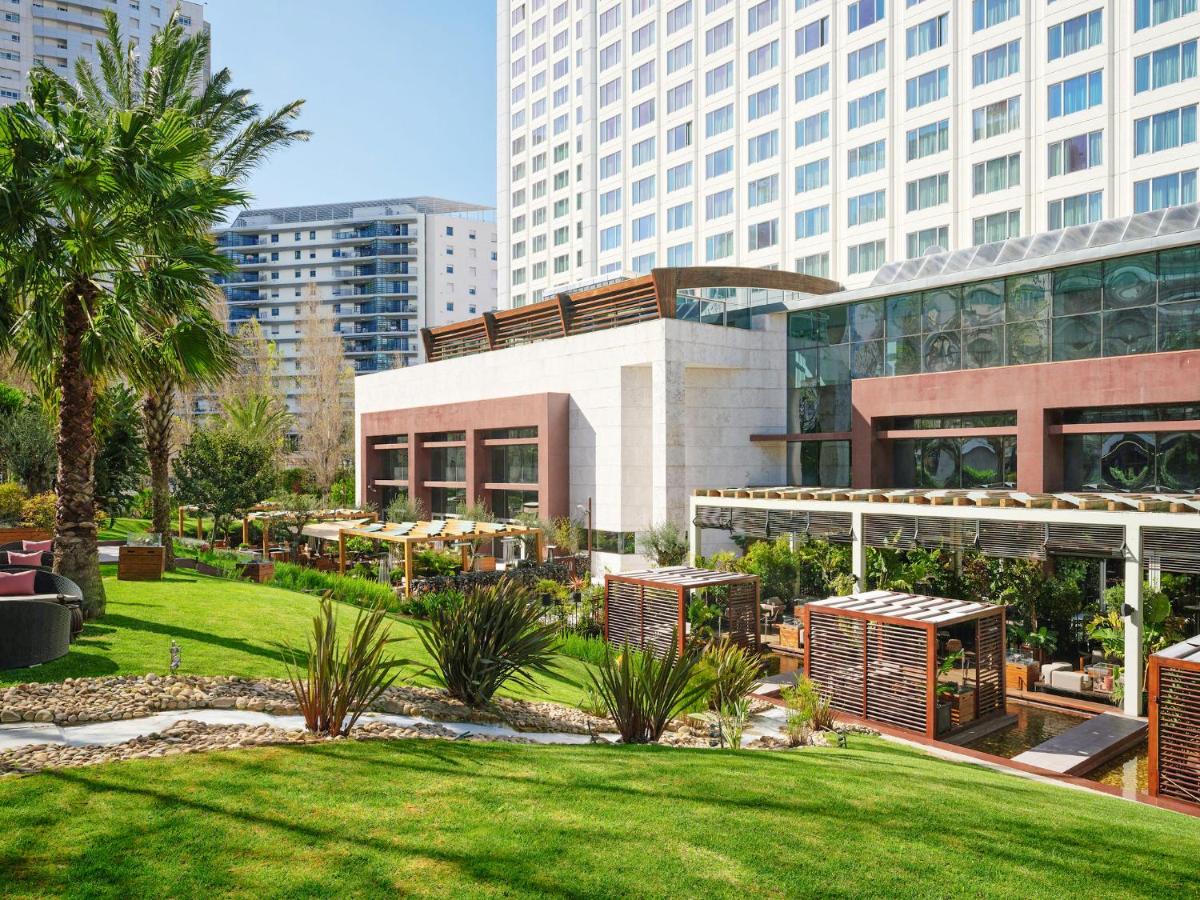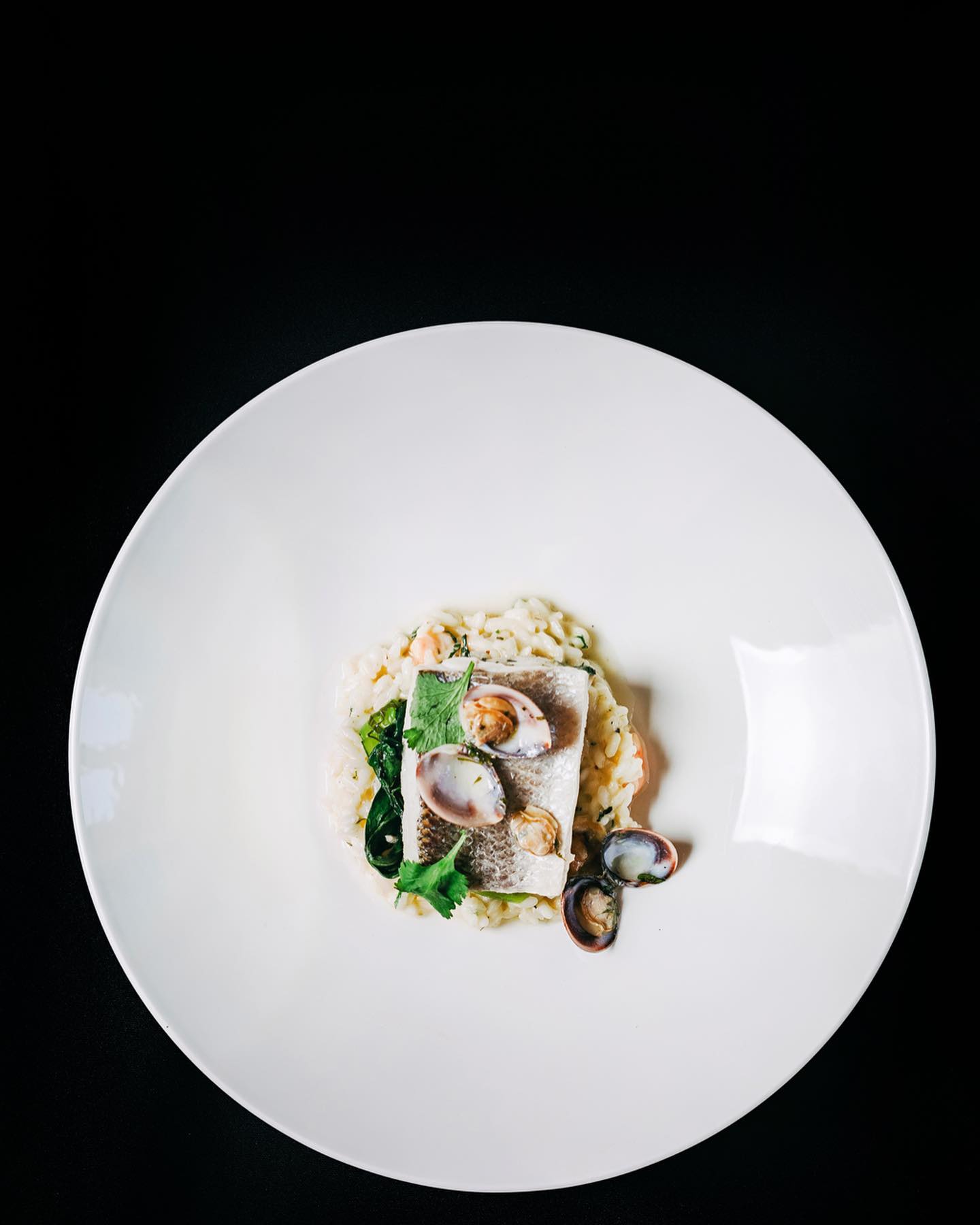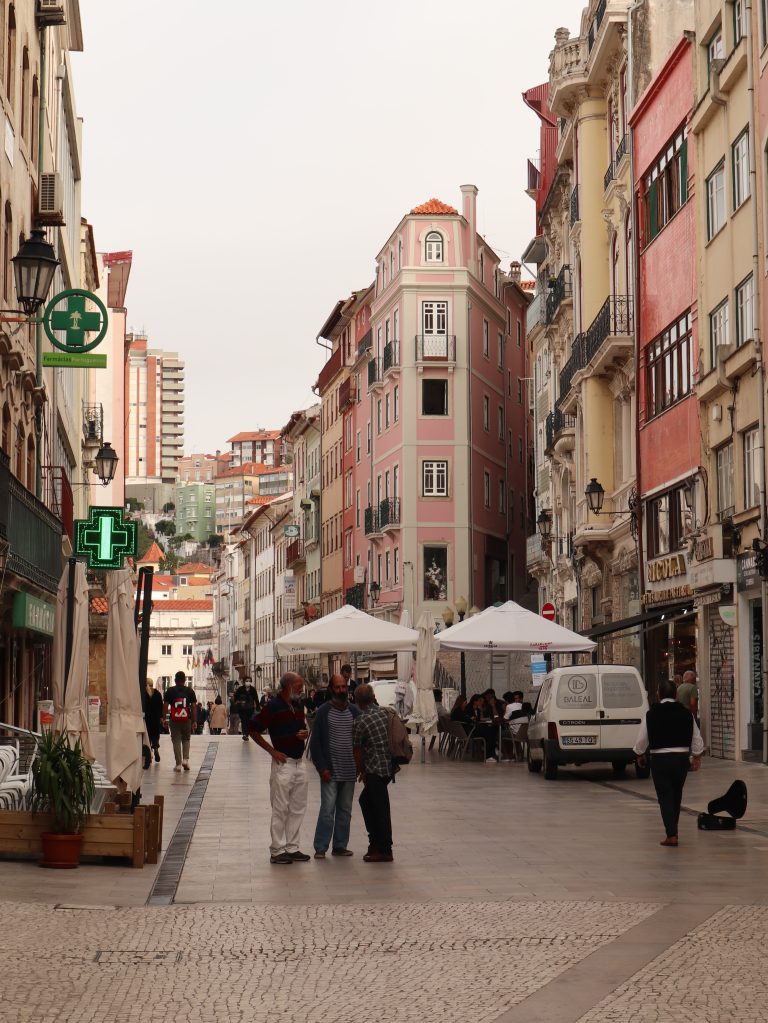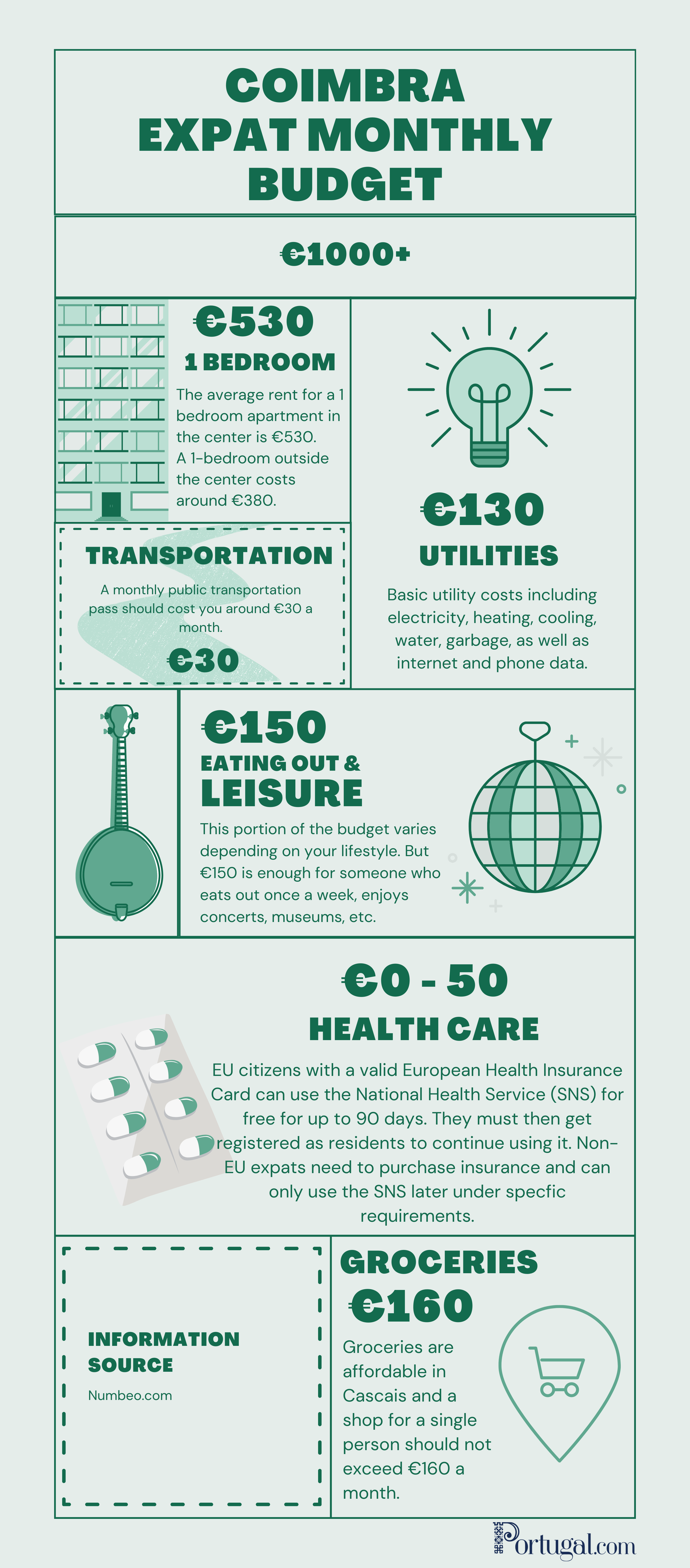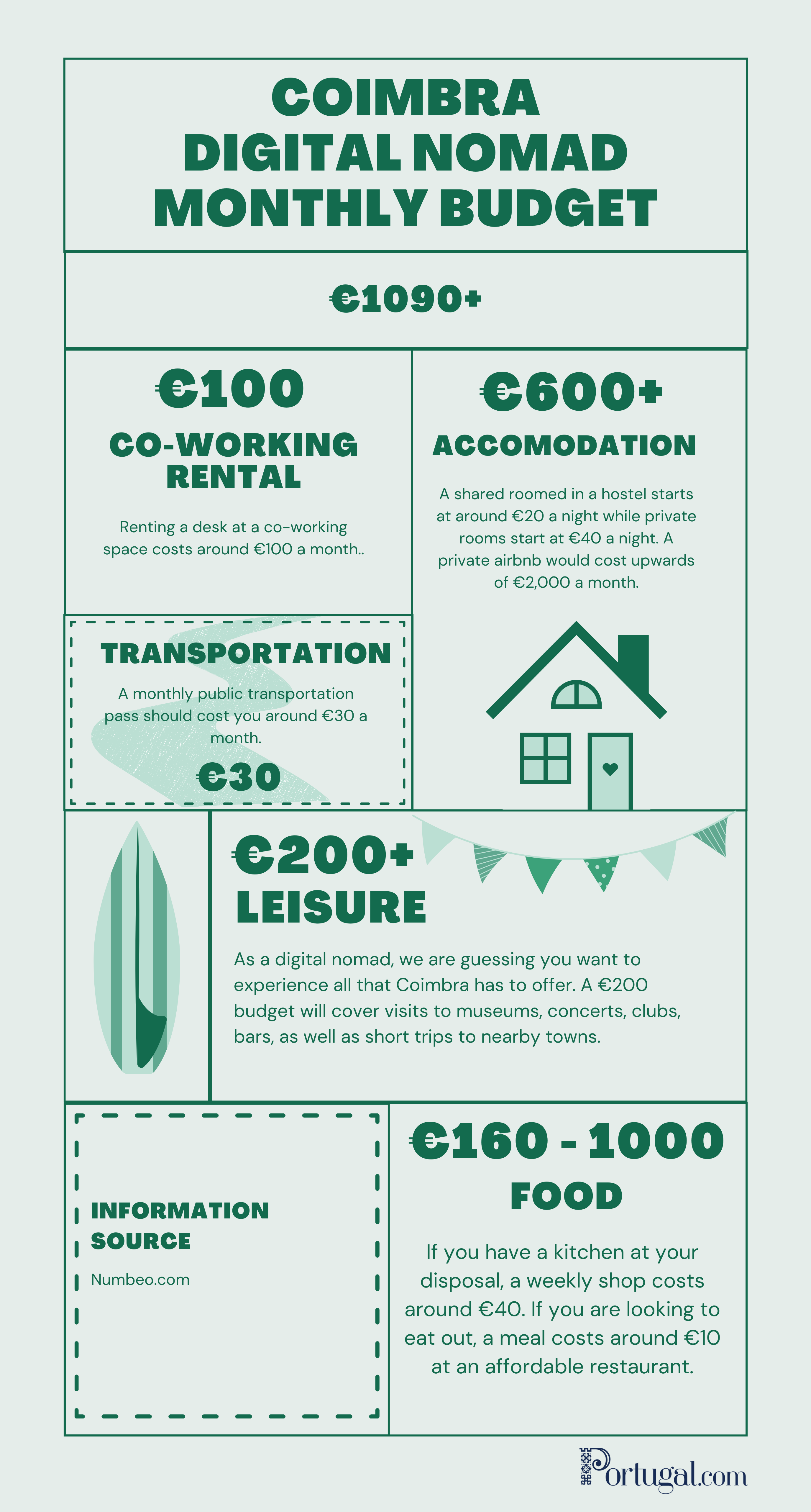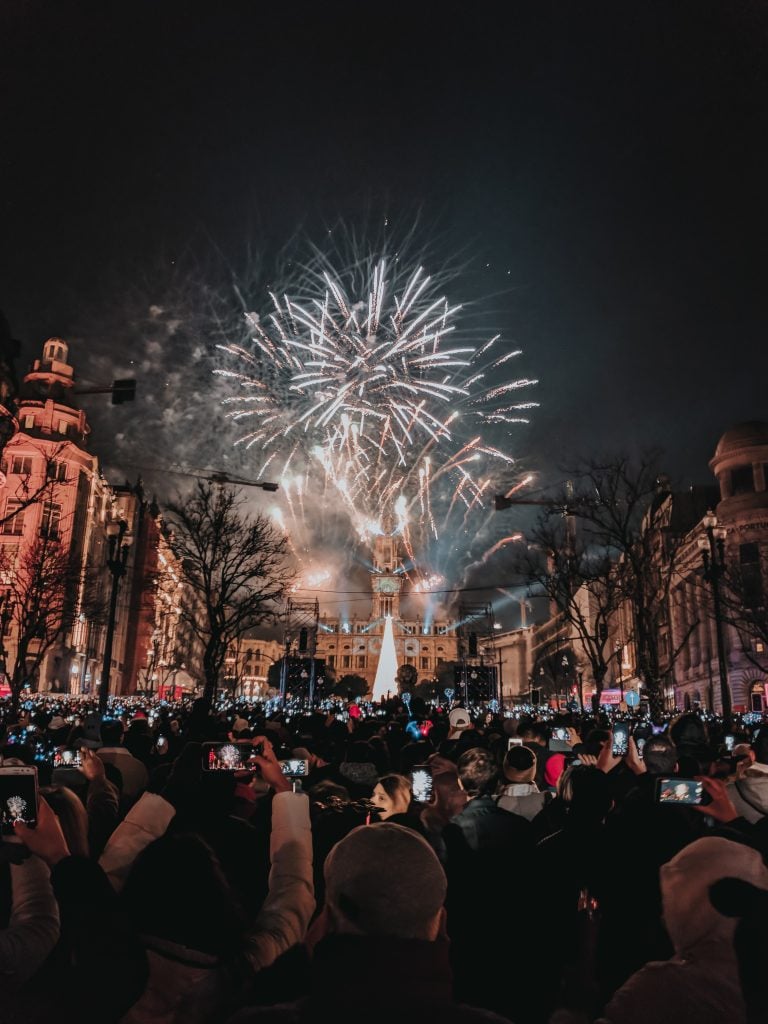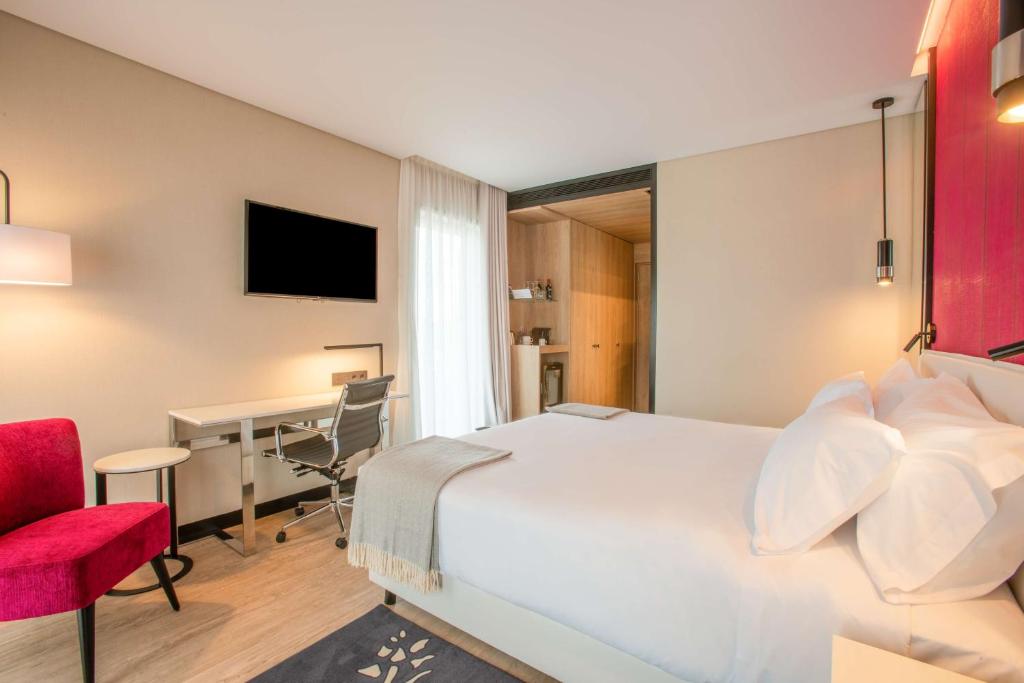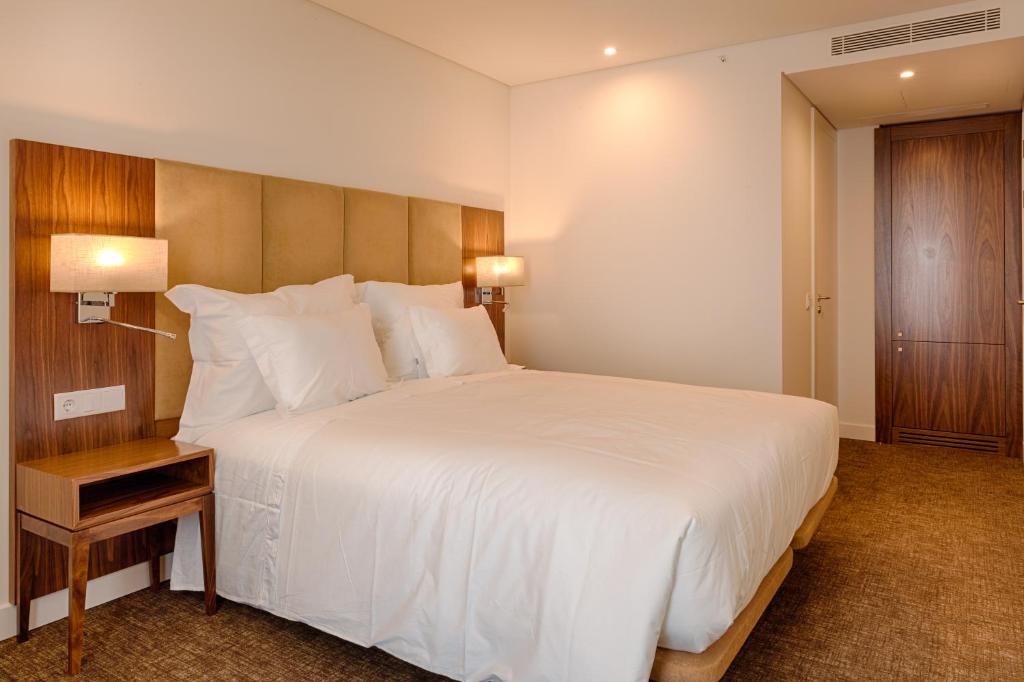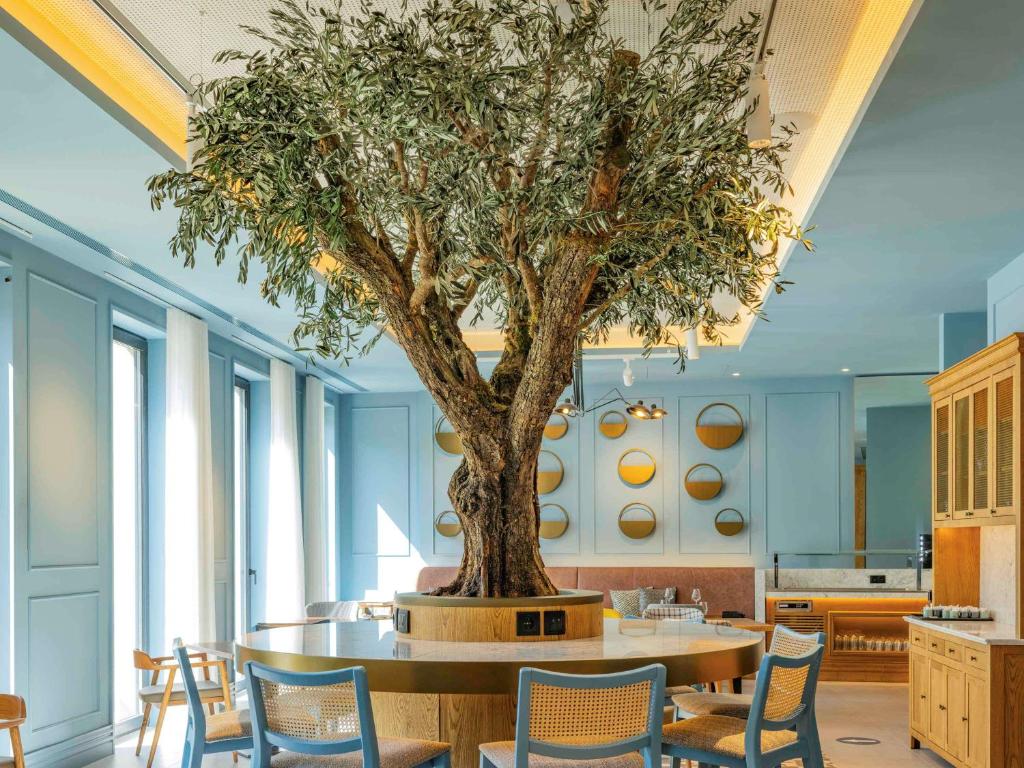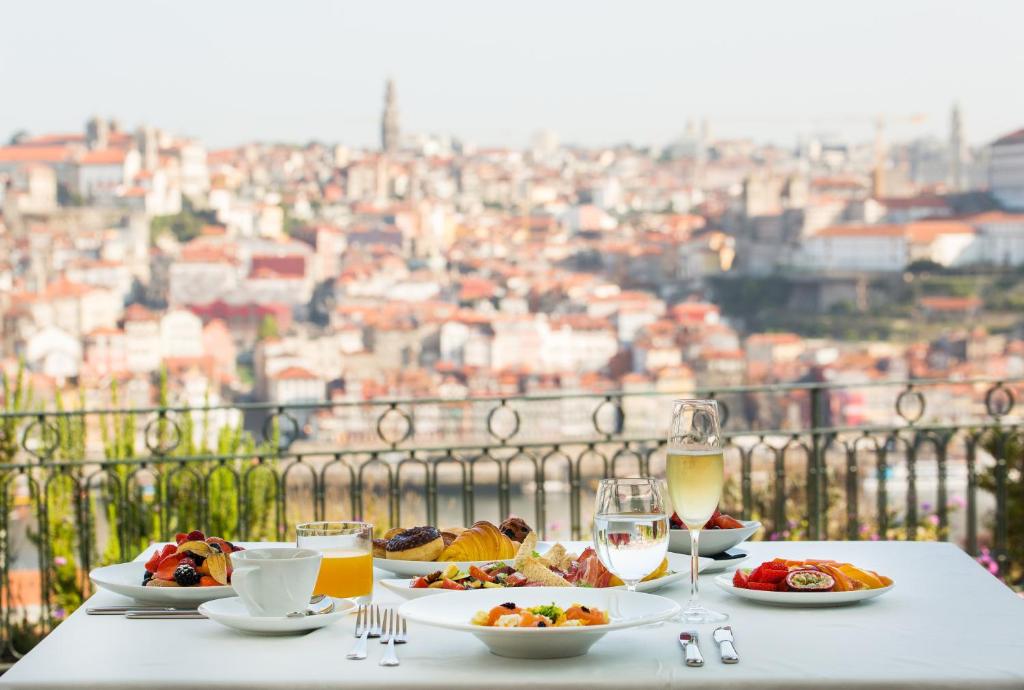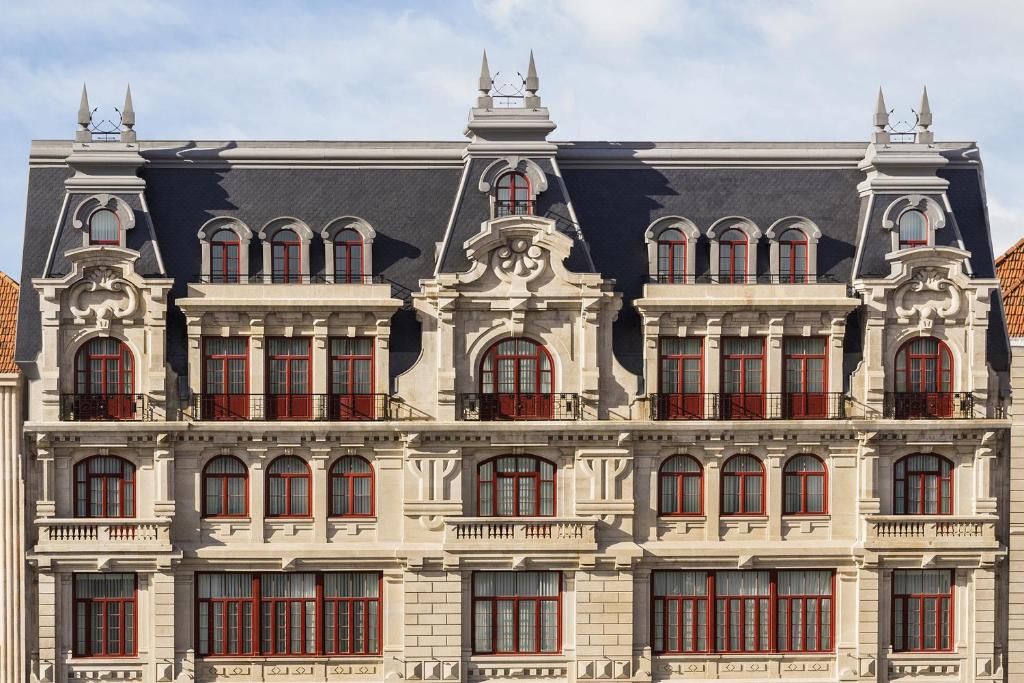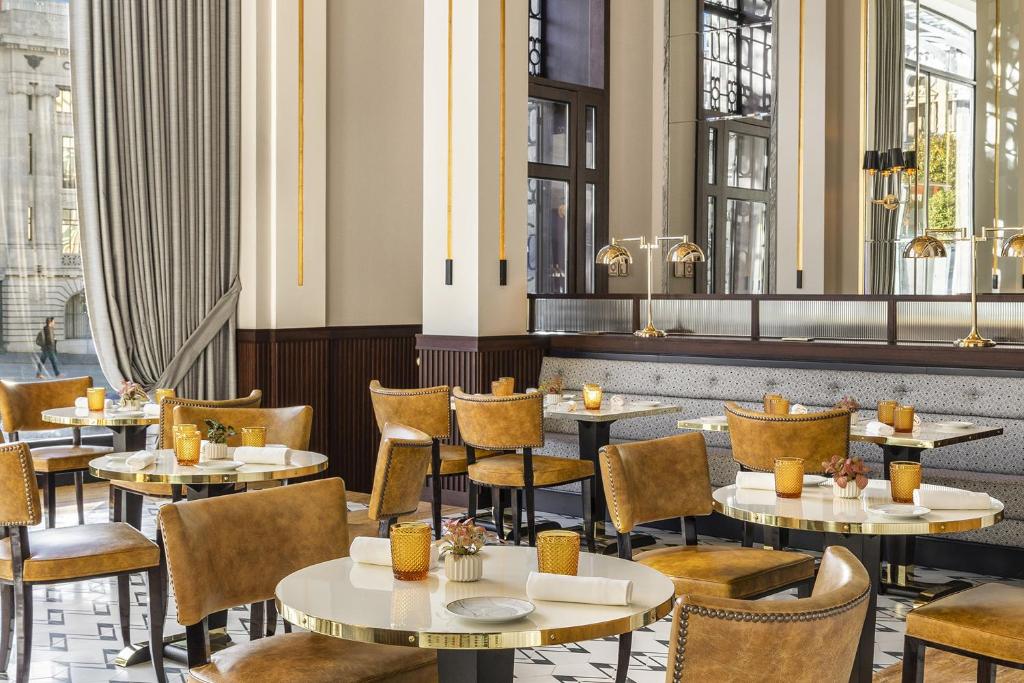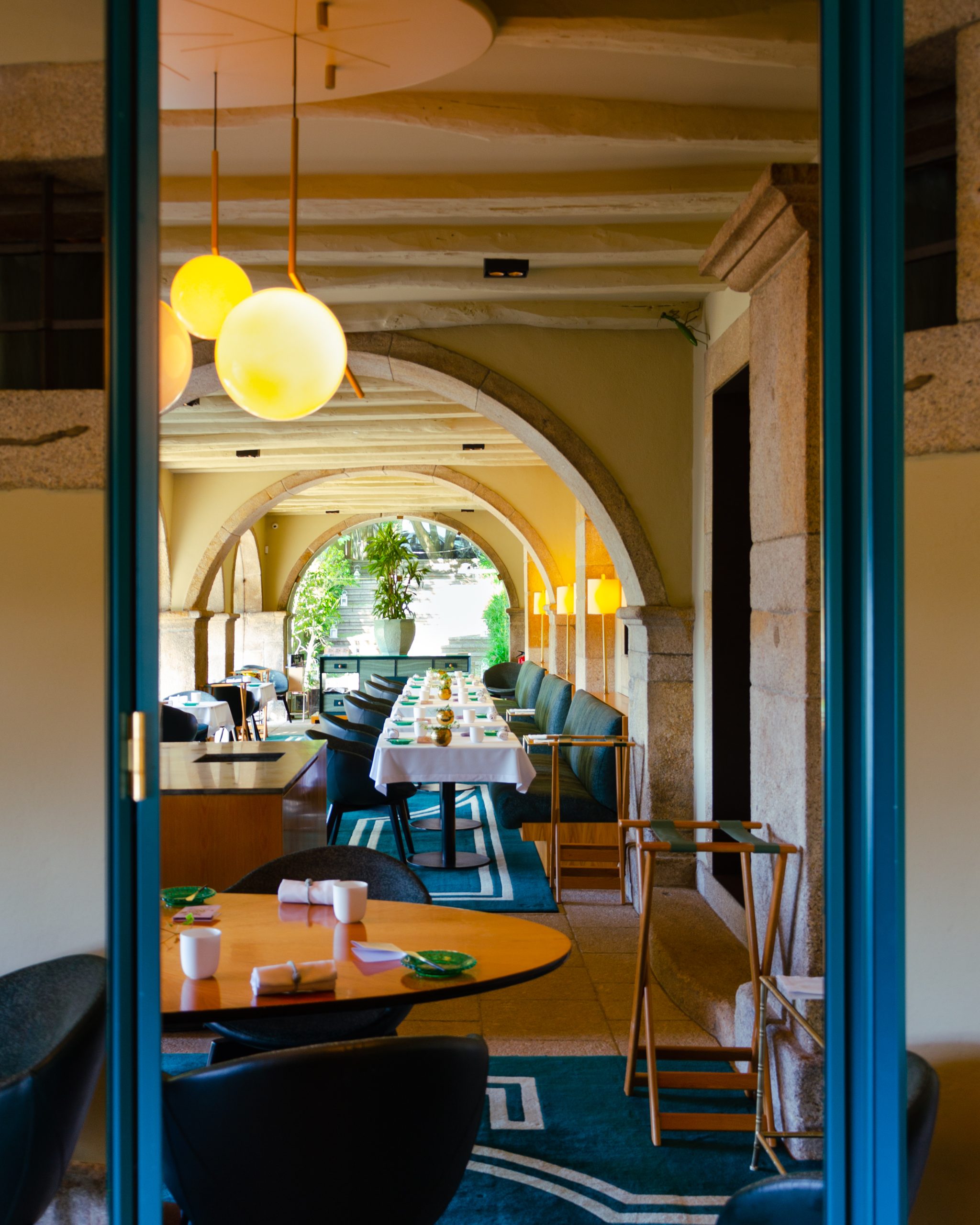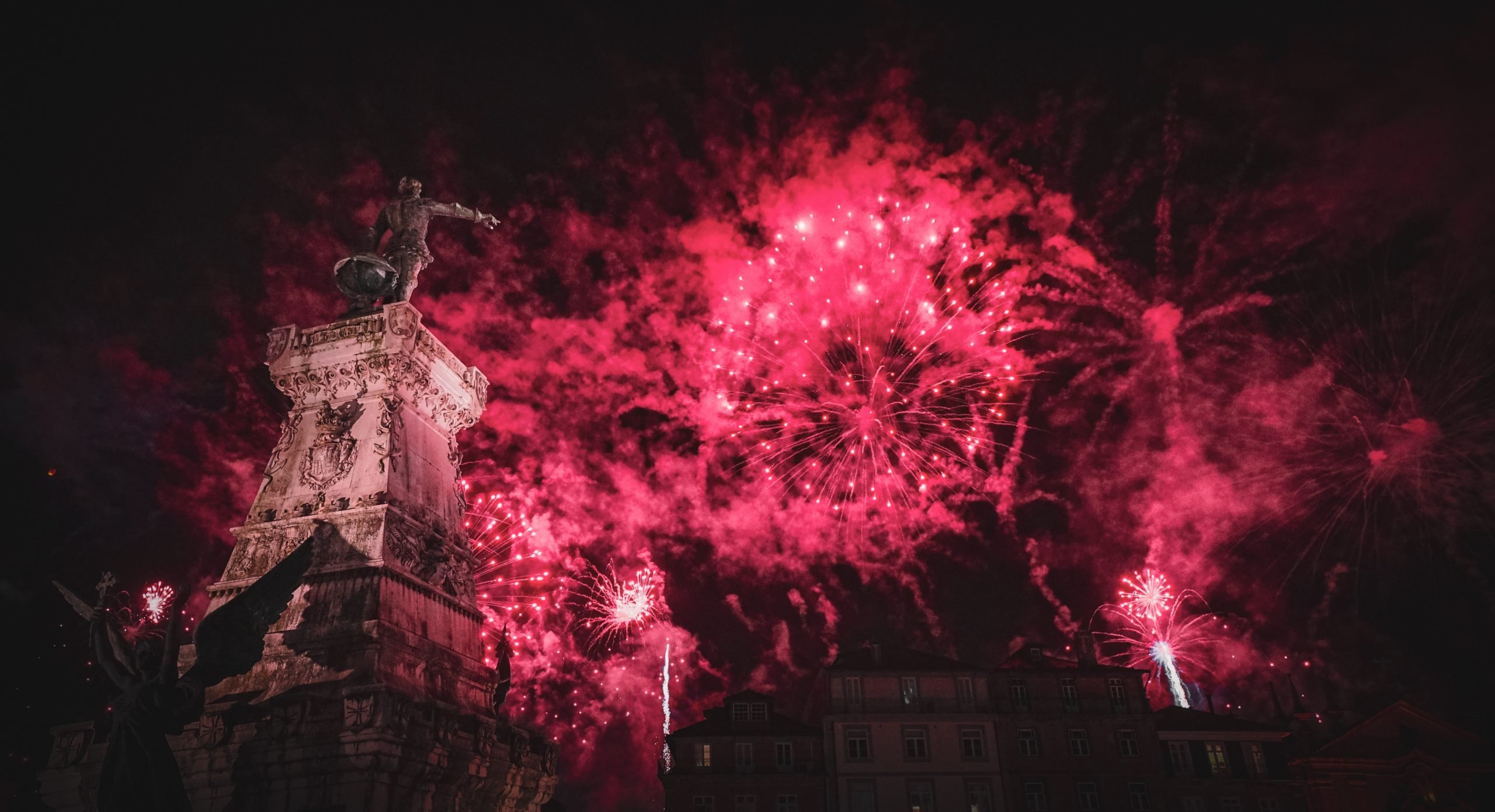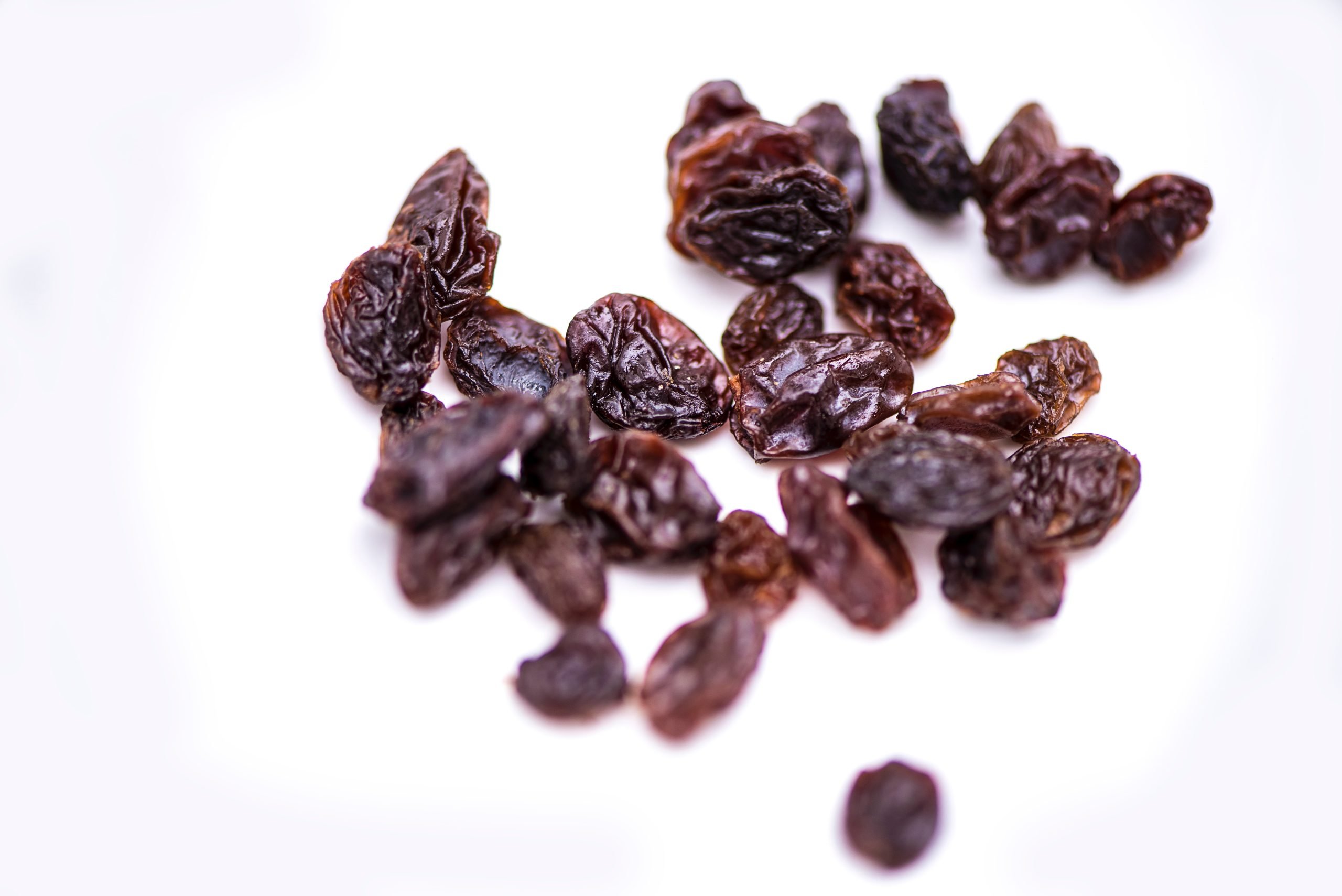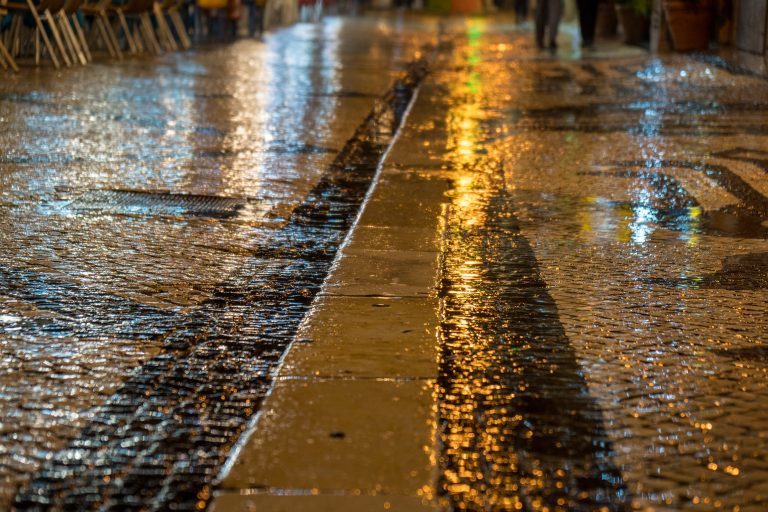Aveiro is a city located on the northern coast in the Central Region of Portugal. This city is often called the “Portuguese Venice” since it is dominated by the Ria de Aveiro and the arms of water that penetrate the urban space and have permanently marked the history, heritage, culture, and local identity.
While Aveiro has not been fully discovered by storms of tourists like Lisbon, many are choosing this less-known city as their new temporary and permanent home. But how much does it cost to live in Aveiro? Aveiro is around 15% cheaper all around than Lisbon, while rent is almost 50% cheaper!
If you’re considering Aveiro as a permanent or temporary home, let’s take a look at the average monthly budget for expats without children, families, and digital nomads.
Guide to Aveiro
Cost of Living in Aveiro for an Expat
The monthly budget for an expat in Aveiro is at least €1070.
A one-bedroom apartment costs around €570 in the city center, but you can find cheaper apartments outside the center.
A monthly transportation pass is around €30 or less for buses.
Utilities cost around €130, including phone data and cable TV.
For exploring Aveiro, eating out at your favorite restaurants, and exploring the nightlife, budget around €160 a month. You can easily spend less or more, depending on your lifestyle.
Groceries for a single person average out at around €45 a week.
Health care could add to your monthly budget in Aveiro. EU citizens with a valid European Health Insurance Card can use the National Health Service (SNS) for free for up to 90 days in Portugal. This allows them time to get registered as legal residents to continue using the public health system.
However, non-EU citizens are only entitled to use the public health system if they are employed and pay social security in Portugal, having to be registered as legal residents as well.
Even if this is the case, they must purchase private health insurance to cover medical care before arriving in Portugal and becoming a legal resident.

Cost of Living in Aveiro for a Digital Nomad
The cost of living in Aveiro for a digital nomad is at least €1140 a month. This is the case if you sleep in a hostel’s dorm and cook most of your meals. If not, expect to need around double this amount.
If you opt for the budget option of a shared dorm in a hostel, expect only to need to pay €20 a night, so around €600 a month. However, a private Airbnb would cost you around €1500.
Renting a desk at a co-working place in Aveiro costs around €130. Transportation costs around €30.
Budget at least €200 for leisure such as eating out, bars, and tourists to discover Aveiro.
Food can easily max out your monthly budget. If you want to save and have a kitchen at your disposal, a weekly shop shouldn’t cost more than €45.
However, if you plan to eat out, an affordable meal is around €10. This would set you back around €1,000 in a month.
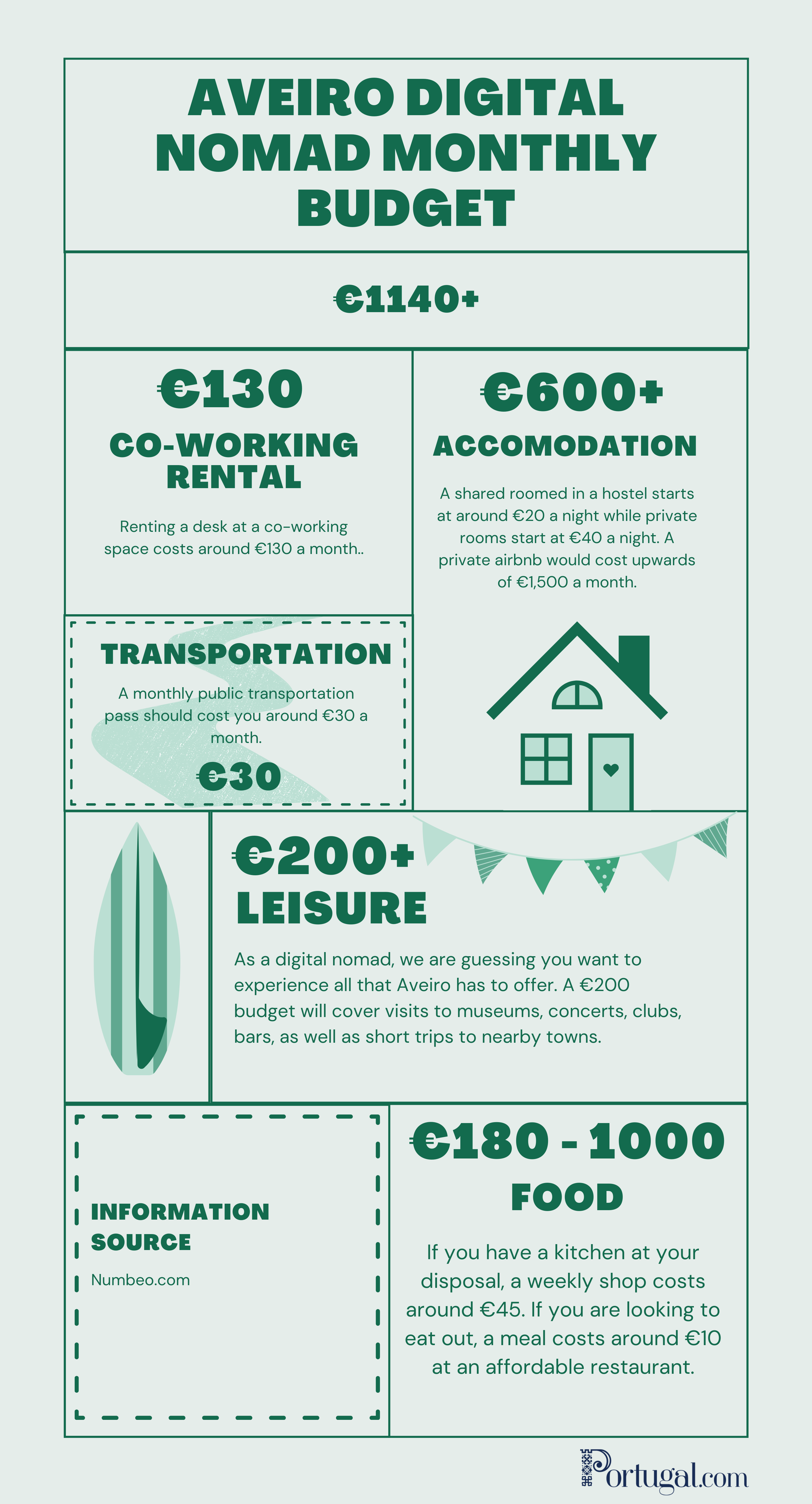
Cost of Living in Aveiro for a Family of Four
Expect to spend at least €2200 a month for a family of four in Aveiro.
A three-bedroom apartment in Aveiro will set you back around €1400. However, prices can go up to €1900 or more, depending on the apartment type and amenities.
Budget around €150 a month for monthly transport passes. However, it is definitely more convenient for a family of four to own a car and drive. Fuel will cost you anywhere between €150 and €250 a month.
Utilities cost around €160 and include electricity, heating, water, etc. However, this can be much higher in the winter or depending on your family’s consumption.
Groceries for a family of four in Aveiro should cost around €125 a week, so budget at least €500 a month.
If you need to purchase health insurance for the whole family, this will cost you at least €200 a month.
However, you might be eligible to use access to healthcare for free. EU citizens with a valid European Health Insurance Card can use the National Health Service (SNS) for free for up to 90 days in Portugal. After becoming legal residents, they can continue to use the SNS.
Non-EU citizens are only entitled to use the public health system if they are employed and pay social security in Portugal, having to be registered as legal residents as well.
If you want your kids to attend a private school, this will cost you! While public schools are free, private international schools can cost between €6,000 and €10,000 a year in Aveiro.
